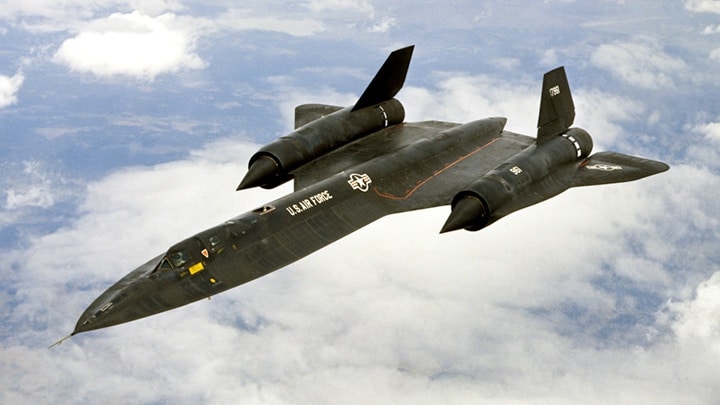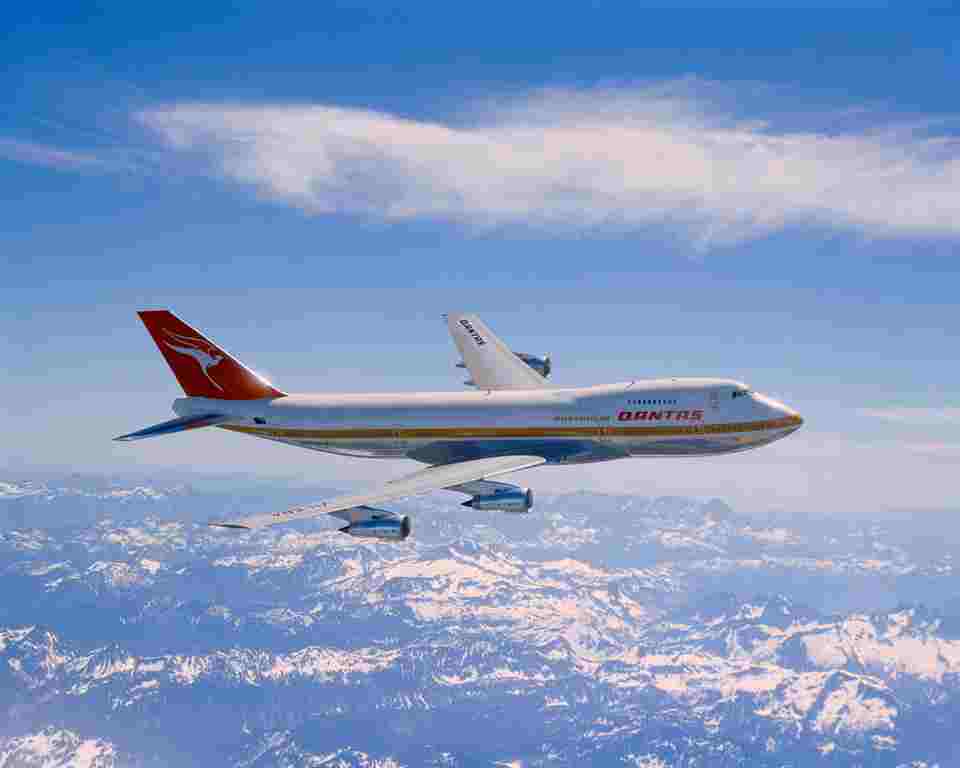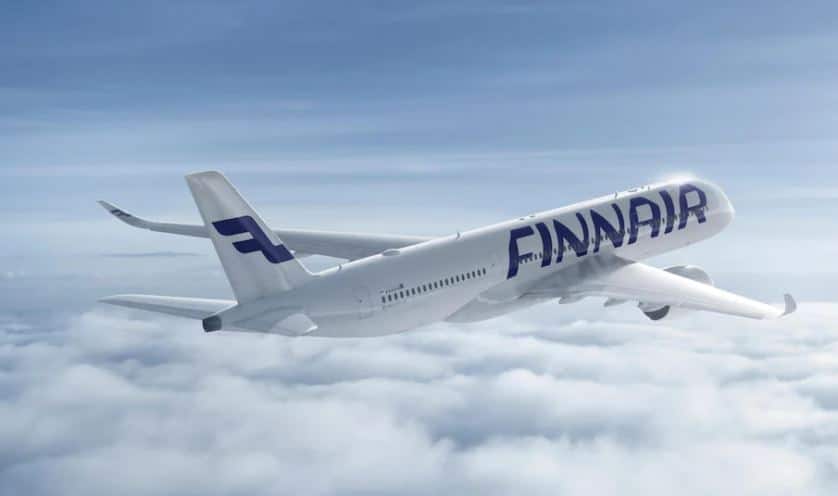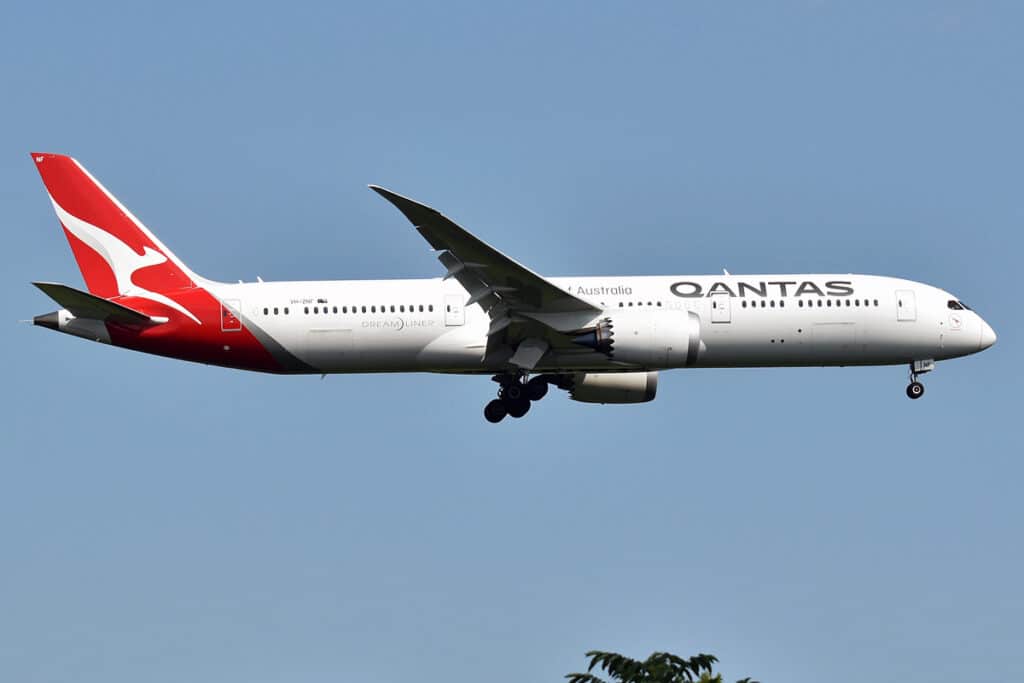Most Viewed ;
10 Things You Don’t Know About ‘Black bird’ ..!

- The SR-71 Blackbird aircraft was built by Lockheed Martin and took its first flight in 1964. It was retired by NASA in 1999. The SR-71 has been given several nicknames, including Blackbird and Habu. The SR-71 served with the U.S. Air Force from 1964 to 1998.
2. It is the fastest planes that ever took flight. The official fastest record it holds is 2,193.13 mph on July 1976.
SR-71s first arrived at the 9th SRW’s Operating Location (OL-8) at Kadena Air Base, Okinawa on 8 March 1968. These deployments were code named “Glowing Heat”, while the program as a whole was code named “Senior Crown”. Reconnaissance missions over North Vietnam were code named “Giant Scale”

3. Over 4,000 missiles were fired at the Blackbird in the 25 years it was flown, but none ever hit it. The Blackbird was just too fast and its evasive tactic was just to speed up until the missile couldn’t keep up with it.
A total of 32 aircraft were built; 12 were lost in accidents and none lost to enemy action.Considering all accident , Only one crew member, Jim Zwayer, a Lockheed flight-test reconnaissance and navigation systems specialist, was killed in a flight accident. The rest of the crew members ejected safely or evacuated their aircraft on the ground.


4. The plane was covered in over 60 pounds of black paint because the black helped cool down the plane by up to 86 degrees. Traveling at over Mach 3, the plane could hit as high as 1,000 degrees without the black paint dissipating the heat.
Finished aircraft were painted a dark blue, almost black, to increase the emission of internal heat and to act as camouflage against the night sky. The dark color led to the aircraft’s nickname “Blackbird”. The outer windscreen of the cockpit was made of quartz and was fused ultrasonically to the titanium frame. The temperature of the exterior of the windscreen reached 600 °F (316 °C) during a mission.

5. It was built to fly up to Mach 3.4 speeds (approx. 2,500 mph on land).
It has held the world record for the fastest air-breathing manned aircraft since 1976; this record was previously held by the related Lockheed YF-12. During aerial reconnaissance missions, the SR-71 operated at high speeds and altitudes to allow it to outrace threats. If a surface-to-air missile launch was detected, the standard evasive action was simply to accelerate and outfly the missile.

View from the cockpit at 73,000 feet (22,000 m) over the Atlantic Ocean
6. The plane required a large amount of titanium to be built so the CIA created fake companies around the world to buy metal from the USSR, which was the biggest supplier, as well as the United States’ enemy at that time.
The red stripes on some SR-71s were to prevent maintenance workers from damaging the skin. Near the center of the fuselage, the curved skin was thin and delicate, with no support from the structural ribs, which were spaced several feet apart.


7. It’s tires were specially designed for the SR-71. Their material was made of aluminum powder which was impregnated to reject heat. This additive gave its unique appearance of silver coloration.
The Blackbird’s tires, manufactured by B.F. Goodrich, contained aluminum and were filled with nitrogen.


8. It earned its nickname “Blackbird” because of how stealth it was. It was also extremely quiet inside the cockpit, according to pilot Richard Graham. “You could hear a pin drop. The view is spectacular, being able to see the curvature of the Earth and the black space above filled with stars,” he said.
The air inlets allowed the SR-71 to cruise at over Mach 3.2 while keeping airflow into the engines at the initial subsonic speeds. Mach 3.2 was the design point for the aircraft, its most efficient speed. At the front of each inlet, a pointed, movable cone called a “spike” (Inlet cone) was locked in its full forward position on the ground and during subsonic flight.

9. Over 4,000 missiles were fired at the Blackbird in the 25 years it was flown, but none ever hit it. The Blackbird was just too fast and its evasive tactic was just to speed up until the missile couldn’t keep up with it.
The SR-71 was powered by two Pratt & Whitney J58 (company designation JT11D-20) axial-flow turbo-jet engines. The J58 was a considerable innovation of the era, capable of producing a static thrust of 32,500 lbf (145 kN)

10. The camera on the Blackbird was so advanced that when it took a photo of a car on the ground that was 80,000 feet below it and the plane traveled at over 2,000 mph, the license plate would be visible in the photo.
Life support SR-71 pilot in full flight suit Flying at 80,000 ft (24,000 m) meant that crews could not use standard masks, which could not provide enough oxygen above 43,000 ft (13,000 m).an emergency ejection at Mach 3.2 would subject crews to temperatures of about 450 °F (230 °C) thus, during a high altitude ejection scenario, an onboard oxygen supply would keep the suit pressurized during the descent
other Fascinating Facts
- To work on the plane as a crew member, you needed to be between the ages of 25 and 40, be married and be“emotionally stable.”
- Even though it leaked fuel, the fuel had such a high flash point that it would not ignite even if it was hit with fire.
- The Blackbird was able to map terrain like a side-scanning sonar, aim a radar up to 45 degrees to the side, and interrupt enemy communication and radar signals
Source : Wikipedia , History in orbit

General characteristics
- Crew: 2: Pilot and Reconnaissance Systems Officer (RSO)
- Payload: 3,500 lb (1,600 kg) of sensors
- Length: 107 ft 5 in (32.74 m)
- Wingspan: 55 ft 7 in (16.94 m)
- Height: 18 ft 6 in (5.64 m)
- Wing area: 1,800 ft2 (170 m2)
- Empty weight: 67,500 lb (30,600 kg)
- Loaded weight: 152,000 lb (69,000 kg)
- Max. takeoff weight: 172,000 lb (78,000 kg)
- Powerplant: 2 × Pratt & Whitney J58-1 continuous-bleed afterburning turbojets, 34,000 lbf (151 kN) each

Performance
- Maximum speed: Mach 3.3[121][122][N 5] (2,200+ mph, 3,540+ km/h, 1,910+ knots) at 80,000 ft (24,000 m)
- Range: 2,900 nmi (5,400 km)
- Ferry range: 3,200 nmi (5,925 km)
- Service ceiling: 85,000 ft (25,900 m)
- Rate of climb: 11820 ft/m (60 m/s)
- Wing loading: 84 lb/ft² (410 kg/m²)
- Thrust/weight: 0.44

Liked it..?
Share with your friends and family

Airlines
These are the 5 oldest airlines Still Operating in the World

The history of aviation is an exciting adventure formed by the pioneering efforts of several individuals and organizations. The world’s oldest airlines, which have played a vital role in establishing the global travel sector, are among these trailblazers.
In this article, we will explore the five oldest airlines still in operation today, highlighting their remarkable journeys and enduring legacies in the world of aviation.

1. Finnair:
Founded: November 1, 1923
Headquarters: Vantaa, Finland
Primary Hub(s): Helsinki Airport
Fleet Size: 84
Destinations: 132
As a pioneer in European aviation, Finnair, founded in 1923, Marked its remarkable centennial milestone on November 1, 2023. Being among the oldest airlines in Europe, Finnair has witnessed many changes over the past 100 years, going from a small regional airline with few routes to a global leader in both air travel and hospitality.
Finnair’s adaptability has been demonstrated by its ability to quickly adjust to recent geopolitical developments and continue providing clients with exceptional service in its distinctive Nordic manner, even as it expands its services to North America and Southeast Asia.

2. Qantas:
Founded: November 16, 1920
Headquarters: Mascot, Sydney, Australia
Primary Hub(s): Brisbane Airport, Melbourne Airport, and Sydney Airport
Fleet Size: 130
Destinations: 85
Qantas is Australia’s flag carrier and the country’s and Oceania’s largest airline in terms of fleet size, overseas flights, and international destinations. It is the second-oldest airline still in operation.
Australian carrier Qantas holds its name among the oldest airlines in the world, with its foundations dating back to November 1920. Recently On November 16, 2020, QANTAS celebrated its remarkable centenary.
3. KLM Royal Dutuch Airlines
Founded: October 7, 1919
Headquarters: Amstelveen, North Holland, Netherlands
Primary Hub(s): Amstelveen, North Holland, Netherlands
Fleet Size: 116
Destinations: 145
KLM, officially known as KLM Royal Dutch Airlines, is the world’s oldest airline that is still in operation under its original name. On October 7, 1919, the company was founded. Four years ago, On 07 October 2019, KLM celebrated its remarkable centenary. As an airline from the beginning of the 20th century, it survived World War II and is currently part of the Air France-KLM company.
4. Aeroflot
Founded: February 3, 1923
Headquarters: Moscow, Russia
Primary Hub(s): Sheremetyevo International Airport
Fleet Size: 247
Destinations: 146
Aeroflot is Russia’s national carrier and largest airline. It is also Eastern Europe’s oldest airline, having been founded in early 1923. DOBOROLET, or The Russian Society for Voluntary Air Fleet, was the airline’s original name.
Aeroflot concentrated on foreign routes out of Moscow when the airline was separated into several enterprises. In celebration of its 100th anniversary in 2023, Russian airline Aeroflot (SU) recently began a series of retro-style flights, transporting customers on a nostalgic journey through time.
5. Avianca
Founded: December 5, 1919
Headquarters: Bogotá, Colombia
Primary Hub(s): El Dorado International Airport and San Óscar Arnulfo Romero International Airport (Avianca El Salvador)
Fleet Size: 102
Destinations: 114
On December 5, 2019, Avianca commemorated its 100th anniversary. The airline was founded in late 1919, according to its history. After acquiring a number of airlines in nearby nations, Avianca has grown to become one of Latin America’s biggest airline groups, with a fleet of over 130 aircraft and a network of subsidiaries covering almost the entire continent.
-

 Aviation2 months ago
Aviation2 months agoBoeing confirms 797: A New Era for Mid-Size Aircraft
-

 Aviation2 months ago
Aviation2 months agoMicrosoft Flight Simulator Raises $3 Million to Bring Back the An-225 Mriya
-

 Aviation2 months ago
Aviation2 months agoLockheed and Tata Team Up to Build C-130J MRO Facility in India
-

 Airlines2 months ago
Airlines2 months agoQantas Engineers Stage Walkout Over Cost of Living Concerns
-

 Airlines2 months ago
Airlines2 months agoQatar Citizens Can Travel to the United States Without a Visa
-

 Aviation2 months ago
Aviation2 months agoBoeing Offers 25% Pay Increase & Promise to Build Next Plane in Seattle
-

 Aviation2 months ago
Aviation2 months agoQatar Airways bans these new Electronic Devices on plane
-

 Airlines2 months ago
Airlines2 months agoEmirates Ends 28-Year Singapore-Melbourne Fifth Freedom Route









